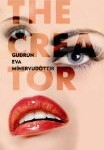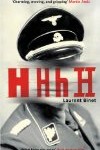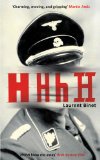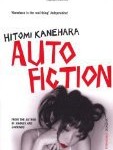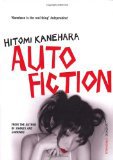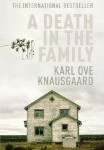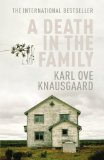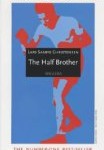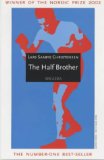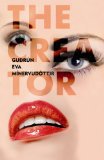 Translated from the Icelandic by Sarah Bowen
Translated from the Icelandic by Sarah Bowen
Five words from the blurb: dolls, thief, salvation, loneliness, understanding
The Creator is an unusual novel about two people, each with their own set of foibles. Sveinn makes sex VIBRATORS in a workshop at his home and Lóa is struggling to cope with her daughter, who is suffering from an eating disorder. This unlikely couple meet when Lóa’s car breaks down in front of Sveinn’s house and he agrees to help her fix it.
The Creator is beautifully written, but quite hard to classify – at first it feels like a complex crime novel, but it develops into a character study that focuses on loneliness and belonging.
The book is narrated alternately by Lóa and Sveinn, which means the reader gets to see everything from both perspectives. At times this device was cleverly utilised, but it also meant that the plot was sometimes repetitive.
Lóa and Sveinn were wonderfully complex characters and I connected with both of them. At times the plot wasn’t very realistic, but their reactions to events always felt honest and believable.
When she managed to open her eyes she noticed that the light had altered since she laid her head on the pillow. The afternoon had engulfed the morning like an invisible avalanche of snow. Sweat held her hair fast to her neck, hunger rumbled round her belly and an uneasy memory of the morning’s events lay in ambush behind every thought.
Don’t be put off by the sex dolls – this book isn’t sleazy or filled with sex. I found myself appreciating the skill and patience needed to create these life-like sculptures, which seemed to be used for companionship more than anything else in this book.
My only complaint is that the plot seemed to fizzle out towards the end. The power of the first few chapters was never repeated and I occasionally lost interest in the slower paced scenes.
I’d recommend this book to anyone who enjoys literary novels that peek into the lives of dysfunctional people.

.
